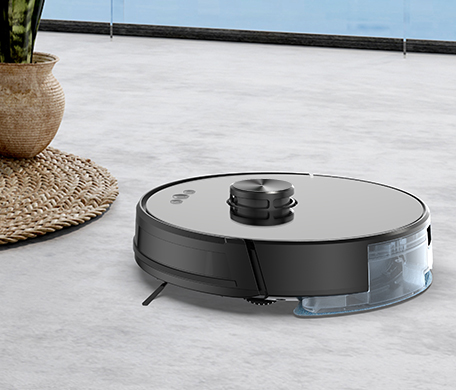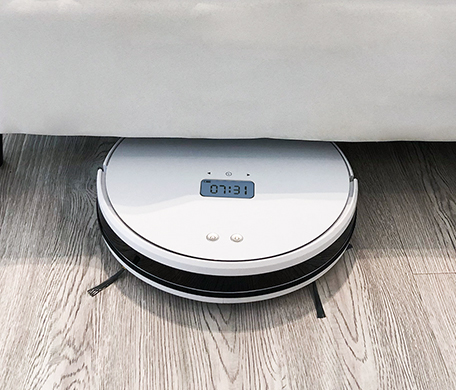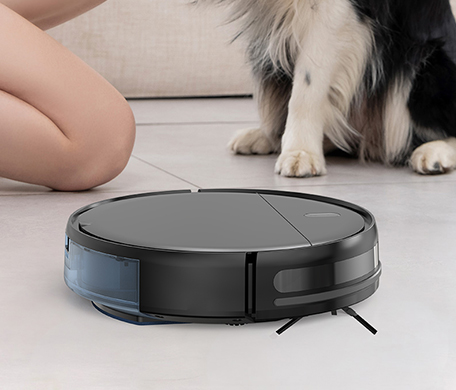One of the most tedious cleaning jobs is vacuuming the entire house. Fortunately, plenty of companies have pretty much improved robotic vacuums that can do all the work for you. Instead of opting for a large vacuum for the occasional mess or even an entire home cleanup, opt for a robotic vacuum to do it. Automation is essential to keep your home clean with minimal work.
1. Through the high-speed rotation of the motor, a vacuum is formed in the host, and the resulting high-speed airflow is used to suck in the garbage from the suction port.
2. The garbage sucked into the robotic vacuum is accumulated in the dust box, and the air purified by the filter is discharged from the machine while cooling the motor.
3. The motor is the heart of the robotic vacuum, and its performance can directly affect the reliability of the machine. In addition, the electric motor used in the machine rotates at 20,000 to 40,000 revolutions per minute. For example, the motor of an electric fan has a speed of about 1800 to 3600 revolutions per minute, which shows how high the motor speed of the machine is.
The "suction force" depends on the resultant force of the wind and vacuum forces generated, but these two factors have opposite properties. That is, when the wind force is large, the vacuum force becomes weak, and when the vacuum force is strong, the wind force becomes small. The maximum value of the resultant force of the two is the "suction power" that represents the ability of the machine, and the suction power is expressed in watts (W). This definition is an international standard defined by the International Standards Organization (ISO) to express the performance of the machine and is recognized worldwide. Japan, Germany, etc. use it as a unit to express the performance of the machine, but in other regions, the magnitude of the input power is directly misunderstood as the unit that expresses the performance of the machine.
Before you start thinking that automatic vacuums are the secret to a consistently clean home, there are a few limitations we should be aware of.
First, the cleaning power and maneuverability of robotic vacuums are different from those of traditional upright vacuums. While the suction power of most vacuums varies, most designs do not allow the vacuum to reach every inch of the floor in your home. Second, robotic vacuums have sensors to make sure they don't roll down stairs, but there's nothing stopping them from picking up small objects in a cluttered environment. One aspect of everyday robotic vacuums that needs attention is that the small design does not allow for such a large collection box. With regular use, it can take days to fill the litter box, but households with pets may need to empty the litter box more frequently, which can be a pain in the long run.


